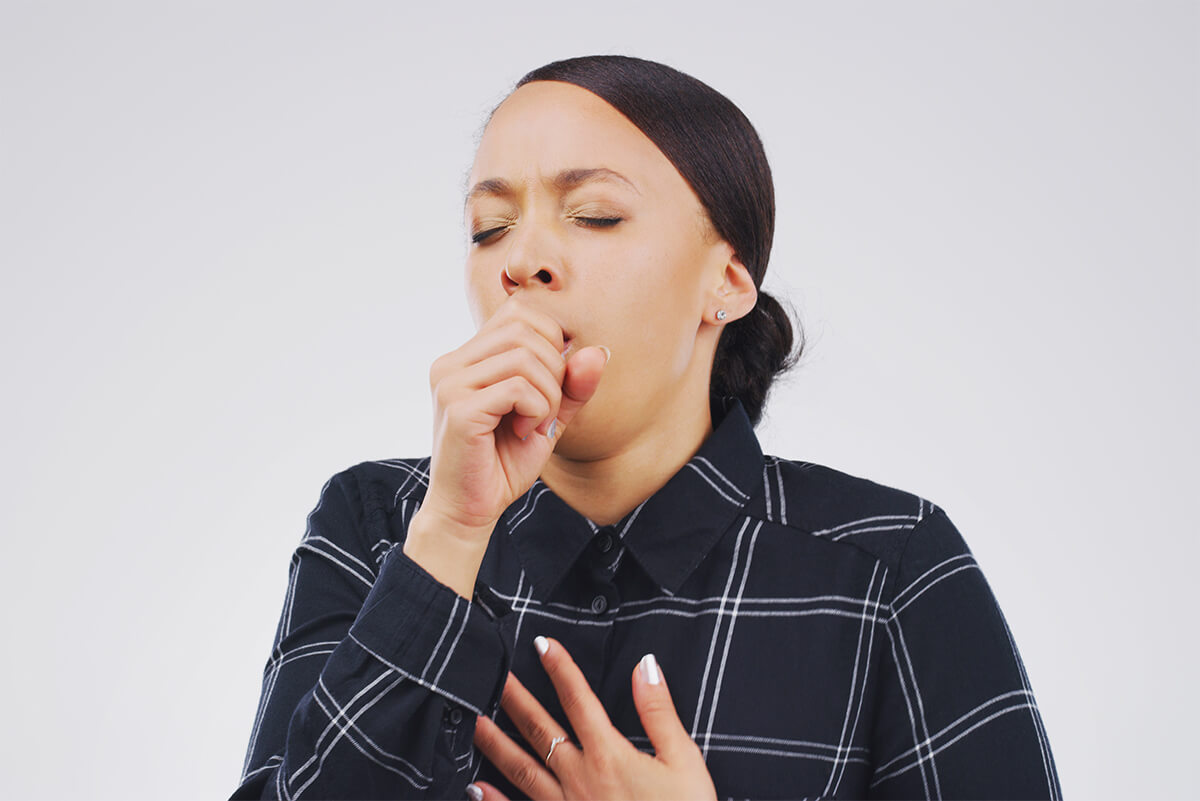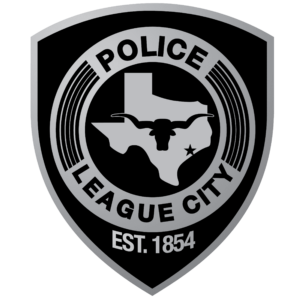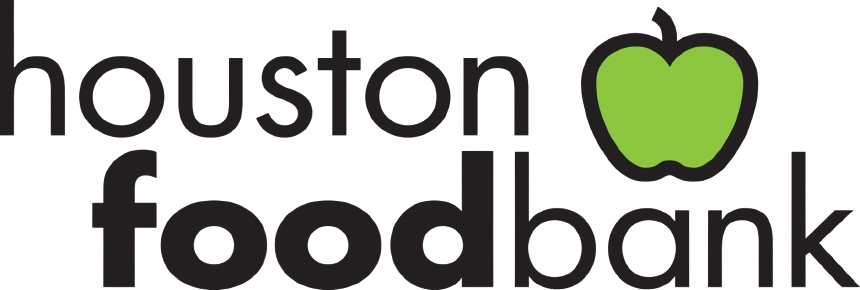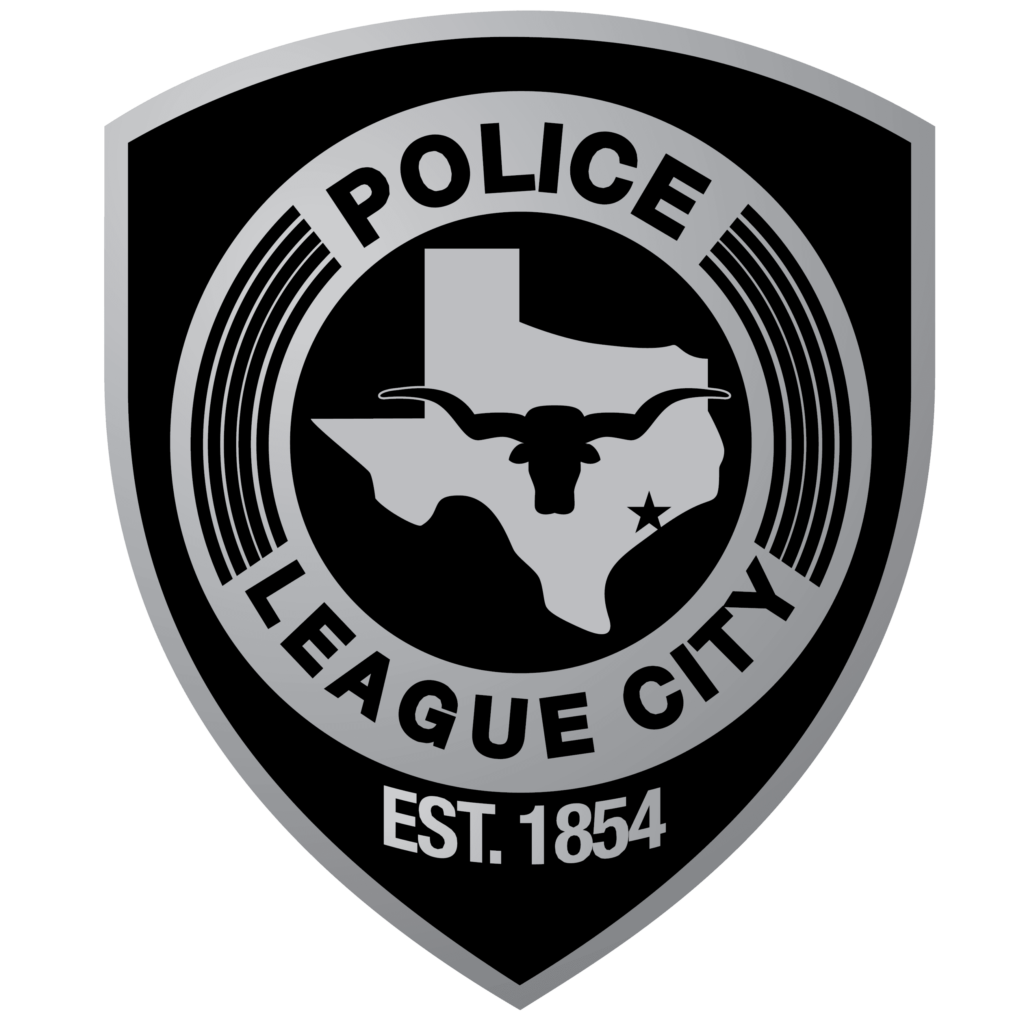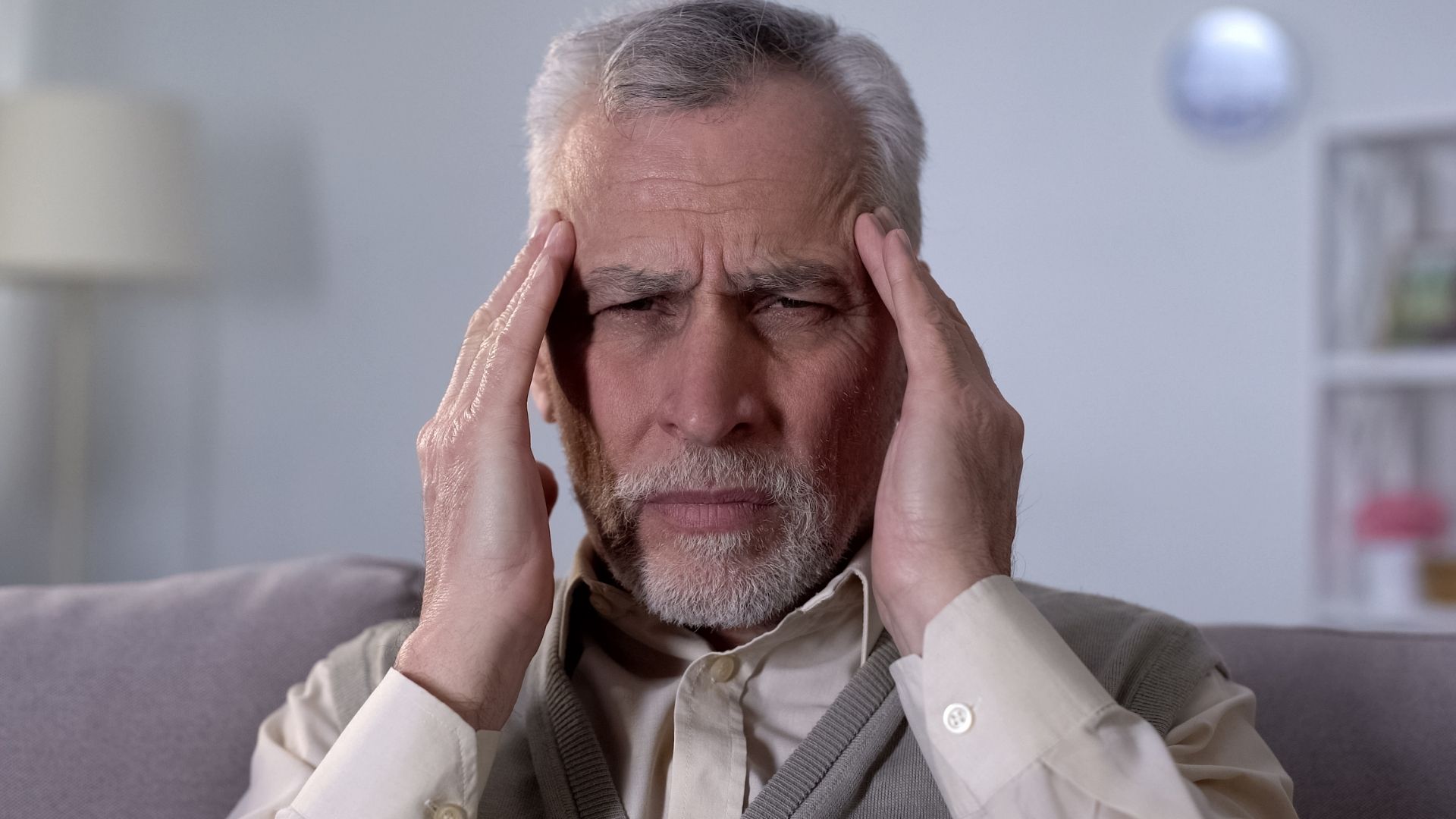
Nearly 17 million strokes occur worldwide each year. Strokes happen when blood flow is restricted to the brain. There are several different types of strokes, and each has its own controllable and uncontrollable risk factors, including but not limited to diabetes and high blood pressure.
Ischemic or Mini Strokes are more commonly known as clots and occur when a vessel supplying blood to the brain is obstructed. They account for about 87 % of all strokes. (American Stroke Association)
F.A.S.T – Symptoms of Stroke
F = Face Drooping – Does one side of the face droop or is it numb? Ask the person to smile. Is the person’s smile uneven?
A = Arm Weakness – Is one arm weak or numb? Ask the person to raise both arms. Does one arm drift downward?
S = Speech Difficulty – Is speech slurred?
T = Time to call 911
(CDC, 2022)
Along with F.A.S.T. symptoms, there are other ways to spot a stroke. Here are more symptoms.
- Numbness Weakness of the face, arm, or leg, especially on one side of the body
- Confusion Trouble speaking or understanding speech
- Trouble Seeing In one or both eyes
- Trouble Walking Dizziness, loss of balance or coordination
- Severe Headache With no known cause
(Khatri, 2021)
If you or someone you love experiences these symptoms, it’s time to call 911. Getting help right away can make the difference between a full recovery or disability and even death.
Stroke Contributing Factors
Hypertension or high blood pressure is the leading cause of stroke in adults and the most significant controlled risk factor that you have the power to change. Foods high in saturated fats increase the amount of plaque buildup in your arteries. The more plaque buildup you have, the harder it is for blood to flow freely, increasing your chances of stroke. Working with your doctor can help you manage your blood pressure either with prescription drugs or through a combination of diet and exercise to help lower your risk of stroke.
The nicotine and carbon monoxide in cigarette smoke damage the cardiovascular system and pave the way for a stroke. Get help to stop smoking today to increase your overall health.
Type 2 Diabetes is usually associated with being overweight, so controlling your blood sugar and weight through diet and exercise can decrease your risk of stroke.
Uncontrolled risk factors include age and race. Men and women over the age of 65 and African Americans are at higher risk for stroke. Family history also plays a huge role in heart and brain health. Sometimes, genetic disorders are to blame.
Although stroke is the 5th leading cause of death in America and the leading cause of disability, you can do things today to help lower your risk of stroke and increase your overall health and wellbeing. (Johns Hopkins Medicine)
Preventing Stroke
Healthy living can include a diet low in saturated fats, decreasing plaque buildup in arteries, making it easier for blood to flow freely. Along with long-term diet changes, building an exercise regimen into your daily routine can have health benefits, not only limited to brain health.
Walking is a simple activity that can make a big difference to overall health. Stay motivated by working out with a buddy or making a schedule ahead of time that you can follow. Managing stress, adopting consistent sleep patterns, and losing weight are all ways to positively contribute to being healthy for life and lowering if not eliminating your controlled risk for stroke.
Having a stroke can be a life-changing event, and because it happens to so many, there is much science to prove what can be done to help lower your controlled risk of it happening to you. Living a healthy, active, and balanced life is the number one way to live without stroke.
Diet, exercise, lifestyle changes around sleep, not smoking, and an overall commitment to better health are all ways to continue living a low risk of stroke. If you suffer a stroke, there are support groups to join as well as advice from The American Heart Association that offers information on how to live life moving forward and what to do to prevent another stroke.
Work Cited
Centers for Disease Control and Prevention. (2022, April 5). Stroke signs and symptoms. Centers for Disease Control and Prevention. Retrieved April 18, 2022, from https://www.cdc.gov/stroke/signs_symptoms.htm#:~:text=Sudden%20numbness%20or%20weakness%20in,balance%2C%20or%20lack%20of%20coordination.
Khatri, M. (2022, November 14). Stroke symptoms: How to spot the warning signs of stroke fast. WebMD. Retrieved April 18, 2022, from https://www.webmd.com/stroke/guide/signs-of-stroke
Risk factors for stroke. Johns Hopkins Medicine. (n.d.). Retrieved April 18, 2022, from https://www.hopkinsmedicine.org/health/conditions-and-diseases/stroke/risk-factors-for-stroke
Life after stroke guide – national stroke association. (n.d.). Retrieved April 18, 2022, from https://www.stroke.org/-/media/stroke-files/life-after-stroke/life-after-stroke-guide_7819.pdf

